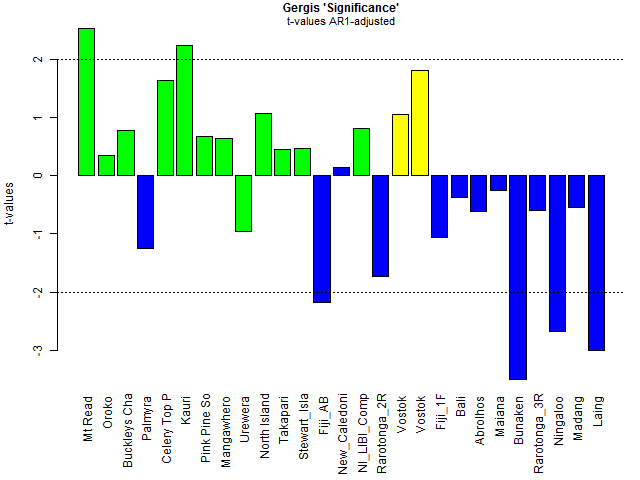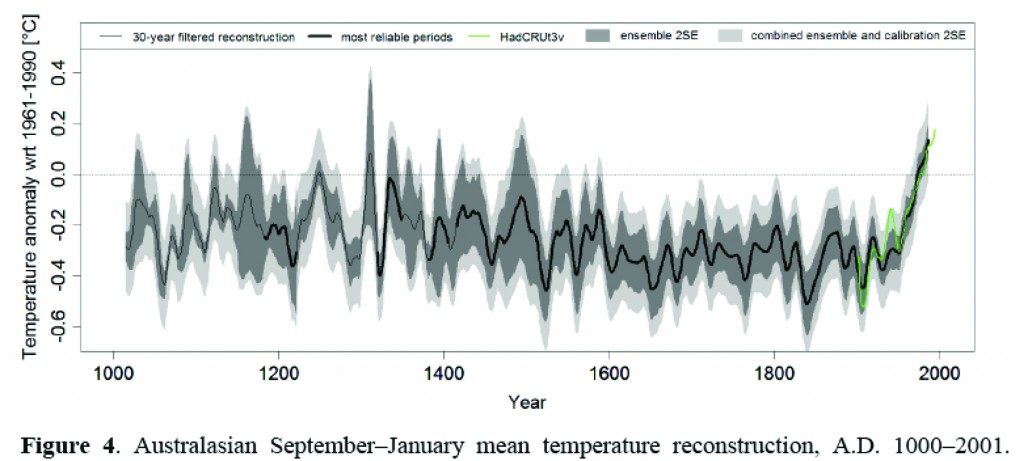http://static.stuff.co.nz/files/melbourne.pdf
is anybody interested in this paper? anyone following it? Old Rocks- it supports Mann, does that mean you are OK with it?
any warmers out there willing to discuss the methodologies used? hahahaha
is anybody interested in this paper? anyone following it? Old Rocks- it supports Mann, does that mean you are OK with it?
any warmers out there willing to discuss the methodologies used? hahahaha


